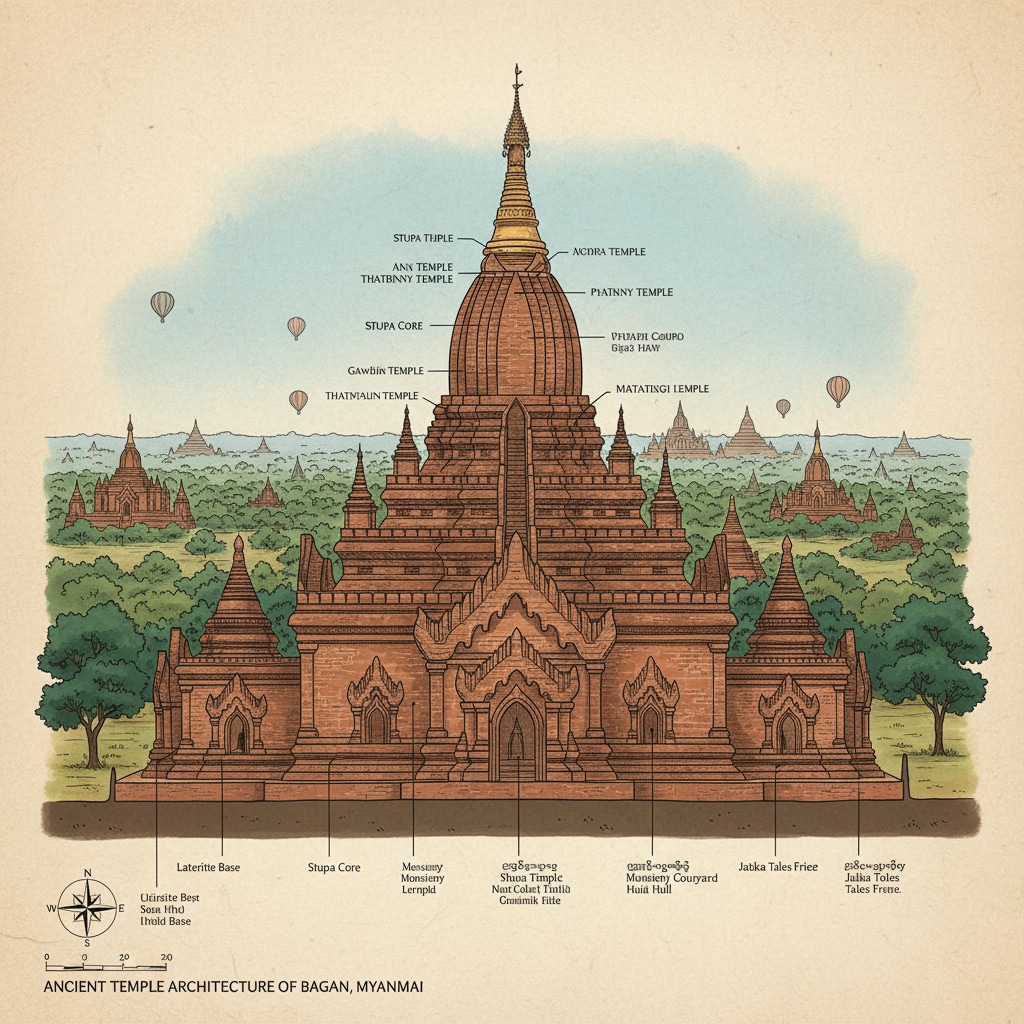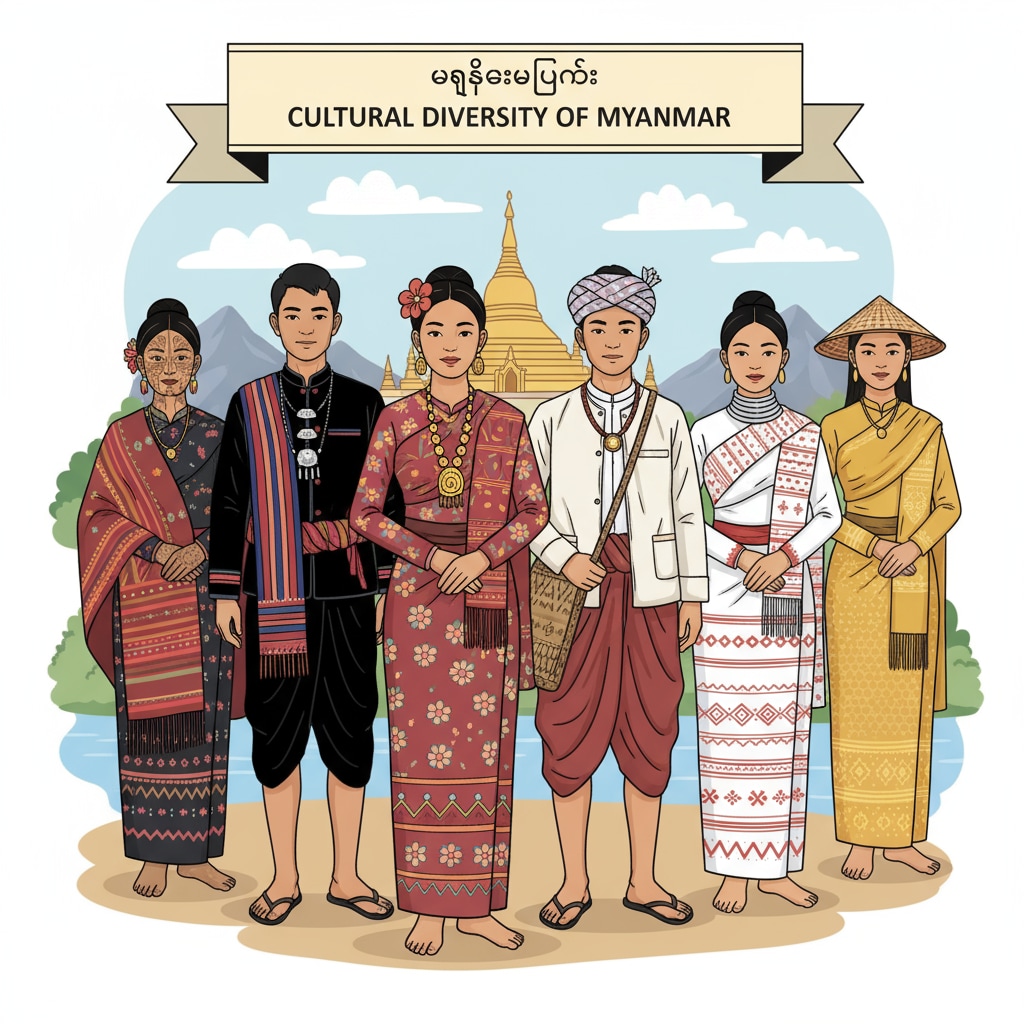Myanmar, with its unique international standing and rich cultural resources, unfortunately often remains in the shadows of international attention. In the realm of K12 education, the lack of focus on this South Asian nation highlights the disparities in global awareness education. For example, compared to more prominent countries, Myanmar’s representation in textbooks and classroom discussions is minimal. This neglect not only limits students’ understanding of the world but also undermines the importance of its diverse cultural heritage.

The Elusive International Attention for Myanmar
Myanmar has long struggled to gain significant international attention. One of the main reasons is its geographical location. Being nestled between larger and more influential countries like China and India, Myanmar can sometimes be overshadowed. In addition, its complex political history has also contributed to the lack of consistent international focus. International media often gravitates towards more sensational or politically significant stories from other parts of the world. As a result, Myanmar’s day-to-day developments, cultural achievements, and social issues are frequently overlooked. According to Wikipedia’s page on Myanmar, despite having a long and fascinating history, Myanmar has not received the level of international coverage it deserves.

The Abundant Cultural Resources of Myanmar
Myanmar is a treasure trove of cultural resources. Its art, music, and dance forms are unique and deeply rooted in history. The traditional Myanmar puppetry, for instance, is a highly intricate and captivating art form that tells stories of the nation’s past. The architecture, with magnificent temples like the Shwedagon Pagoda, showcases the country’s religious and artistic heritage. These cultural resources, however, are not well-known globally. They are rarely incorporated into international educational curricula. As Britannica’s entry on Myanmar mentions, the richness of Myanmar’s culture is yet to be fully explored and appreciated on a global scale.
In conclusion, addressing the lack of international attention towards Myanmar in K12 education is crucial. By incorporating Myanmar’s unique cultural resources into the curriculum, students can develop a more comprehensive and inclusive worldview. This will not only enhance their understanding of different cultures but also promote a more empathetic and interconnected global society. It’s time to shine a light on this often-neglected corner of the world and its invaluable contributions.
Readability guidance: The article uses short paragraphs to clearly present ideas. Each H2 section provides a focused discussion. Passive voice is used sparingly, and transition words like ‘in addition’ and ‘as a result’ are employed to enhance the flow. Lists could be further incorporated in future expansions to better organize information.


